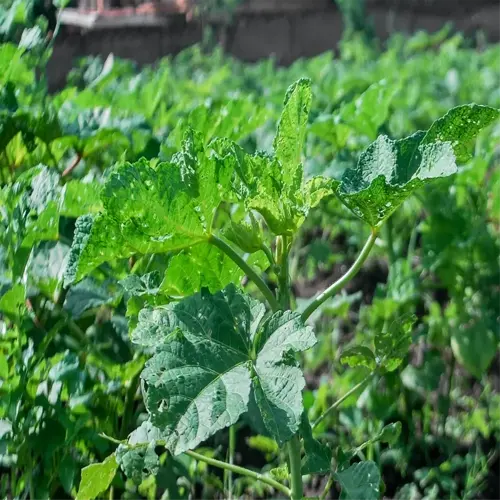How to Grow Olives: Step-by-Step Guide for Home Gardeners

Written by
Benjamin Miller
Reviewed by
Prof. Martin Thorne, Ph.D.Starting with cold-hardy Arbequina varieties is the first step to growing olives
Well-drained soil and full sun will create the best situation for optimal growth and fruit
Water deeply but infrequently to allow new olive trees to become drought hardy
Annual pruning can increase annual yield by 30-40%
Green olives are harvested in September and black olives after the first frost
Because olives are essentially brined, olives should maintain up to 6 months in storage at 38°F (3°C)
Article Navigation
When you learn how to grow olives, you are welcoming a tree that is both beautiful and useful. In addition to the silvery evergreens visually enhancing the landscape, the tree produces fruit, which is used to make oil or can be eaten as table olives. Their resilience may surprise a lot of people. I have seen even century-old specimens flourish in the most unlikely of places, such as patio planters in Oregon and greenhouses in Colorado.
Olives can thrive in much more than Mediterranean environments. My personal Arbequina endured winters of -9°C in a protected courtyard this past year. Choose olive varieties that are cold hardy, and think about where to plant them. South-facing walls will capture and radiate warmth, and if you choose to grow your olives in a container, you can bring them inside when frost threatens. Flexibility is the key to this survival.
Time rewards our patience in olives. The seedling I planted 15 years ago on my terrace now shields me from the sun and provides me with annual harvests. Our trees outlast generations. With the right care, they become heirlooms. You aren't merely growing fruit. You are creating a legacy.
Step-by-Step Planting Guide
Planting olives requires a wise decision regarding container versus ground growth. Containers can be moved out of freezing temperatures. You should use only 15 to 20-gallon pots that have drainage holes. If you desire long-term planting, space your trees at least 10 feet apart in Zones 7-11. The truck's assigned Arbequina, planted in the ground, produced fruit faster than my potted one, so soil depth is an important aspect of growing any plant.
Ensure the root crown is located 2-3 inches above the surface of the soil. If it is buried, it will be subject to rot. Dig holes that are twice as wide as the rootball. For trees that are grown in containers, that would be a hole approximately 60cm/24" wide. In clay areas, mix your native soils with about 30% gravel - I learned this the hard way when I lost a sapling because it was resting in waterlogged roots.
Water drainage is what takes charge of whether an olive survives or perishes. A client lost a tree because they decided against a raised bed and were in a clay environment. Create a 12" (30cm) gravel base for wet areas. Create a mulch of 4-6" deep mulch but keep at 8" (20cm) from the trunk. Test the drainage by filling the hole with water. The water should ideally empty in 2 hours.
Don't make the mistake of compacting soil while tamping it down. Be gentle as you tamp down the soil after you backfill it. After proper planting, water deeply for the first time. For pots, use about 5 gallons (19L) for deep roots. In the ground use around 10 gallons (38L) for deep roots. I find a drip system timer useful. Olive trees dislike soggy feet, but they thrive with controlled drought.
Soil Preparation
- Test drainage: Dig 12" (30cm) hole filled with water
- Adjust pH using agricultural lime for acidic soils
- Layer 2-4" (5-10cm) gravel at hole base for clay soils
Root Handling
- Untangle circling roots with sterile pruning shears
- Soak root ball 2 hours before planting in 68°F (20°C) water
- Apply mycorrhizal fungi to root tips during planting
Staking
- Use soft tree ties to avoid bark damage
- Position stake 6" (15cm) from trunk on windward side
- Remove stakes after 12-18 months
Initial Watering
- Soak planting hole with 5 gallons (19 liters) water
- Water daily for first 2 weeks in temperatures above 86°F (30°C)
- Reduce to 3x/week after root establishment
Post-Planting Fertilization
- Apply 1 cup (240ml) balanced 10-10-10 fertilizer after 6 weeks
- Spread 8" (20cm) from trunk to prevent burn
- Water deeply after application
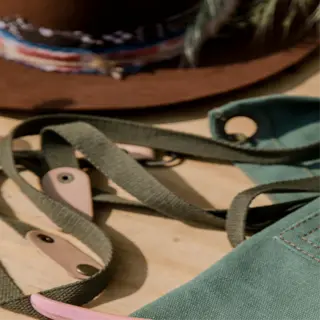
Root Pruning Shears
- Fact: Bypass design prevents root crushing
- Disinfect blades with 70% isopropyl alcohol between uses
- Sharp blades create clean cuts for faster healing
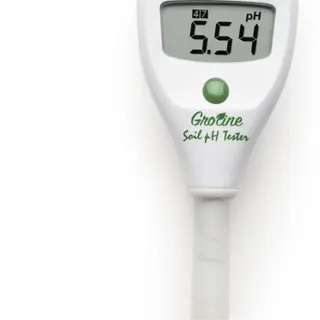
Soil pH Meter
- Fact: Measures pH 4-9 range accuracy
- Calibrate monthly with pH 7 buffer solution
- Test multiple locations around planting site

Sturdy Garden Shovel
- Fact: 48" (122cm) handle reduces back strain
- Stainless steel head resists corrosion
- Weight under 5 lbs (2.3kg) for easy handling
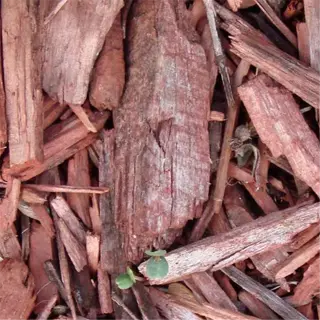
Organic Mulch
- Fact: Maintains soil at 60-70°F (16-21°C)
- Apply 4" (10cm) layer around root zone
- Replenish every 6 months
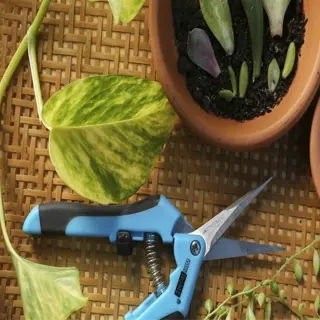
Rooting Hormone
- Fact: Increases root growth by 40-60%
- Dip cuttings in 0.3% IBA solution
- Store in cool, dry place below 77°F (25°C)
Choosing the Right Olive Variety
Choosing between varieties of olive trees begins with understanding the amazing cold hardiness of Arbequina. This small-sized tree can tolerate temperatures as low as 15°F (-9°C) and will do best in zone 7-8. I have documented them growing nicely in backyards in Colorado covered with frost blankets. It is easy to see how the smaller stature fits into city gardens or pots.
Producers who focus on oil-type olives tend to select Frantoio or Leccino, while table olive growers select Manzanillo varietals for their meaty fruit. Oil-type olives have higher heat units and require more heat units for complex flavors when pressing. An Arizona-based client grows Mission olives for table use (bringing) and cold-pressing oil.
There are considerable differences in drought tolerance. Picual is a variety that manages only 12" (30cm) of annual rainfall in arid climates of the Southwest. Coastal raises the variety Maurino for its salt tolerance. In California, my clients have used drip irrigation with Picual and Maurino. The most container-friendly variety is Arbosana, which manages to grow under 15 ft. This is useful for warm climates especially for 'patio orchards'.
Be sure to take note of dwarf varieties such as Little Ollie. These half-height trees can produce a tremendous amount of fruit even in pots, reaching between 6-8 feet high. I always suggest northern gardeners keep their varieties mobile and semi-semi unfinished! In summer they soak up the sun and in winter they're riled away. Every 3 years root prune to avoid the shrubs binding. We've had success growing them on balconies in Chicago with grow lights.
Climate Adaptability
- Arbequina: Tolerates winter lows of 15°F (-9°C)
- Manzanillo: Requires temps above 25°F (-4°C)
- Picual: Thrives in USDA zones 8-10
Space Requirements
- Dwarf varieties: 6-8 ft (1.8-2.4m) spacing
- Standard trees: 15-20 ft (4.5-6m) spacing
- High-density orchards: 10 ft (3m) between rows
Yield Expectations
- Mature Arbequina: 15-20 lbs (6.8-9kg) annual yield
- Frantoio: 40-60 lbs (18-27kg) per tree
- First harvest: 3-4 years after planting
Pollination Needs
- Self-fertile: Arbequina, Picual
- Cross-pollinated: Manzanillo + Mission pairing
- Pollinator distance: <30 ft (9m)
Disease Resistance
- Picual: Resistant to verticillium wilt
- Arbequina: Susceptible to olive knot
- All varieties: Prevent root rot with drainage

Hardiness Zone Map
- Fact: Updated 2023 zone boundaries
- Digital interactive maps available online
- Combines 30-year climate averages
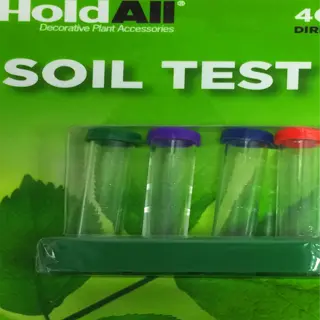
Soil Test Kit
- Fact: Measures pH + NPK levels
- Includes color-coded nutrient charts
- Results in 7-10 days
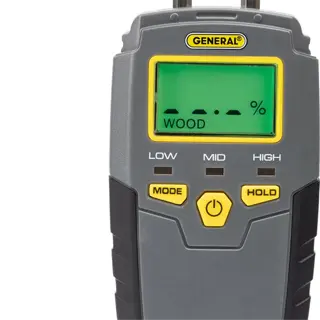
Digital Moisture Meter
- Fact: 0-10 scale accuracy (±0.5%)
- 12" (30cm) probe depth for root zones
- Ideal moisture: 4-6 for olive trees
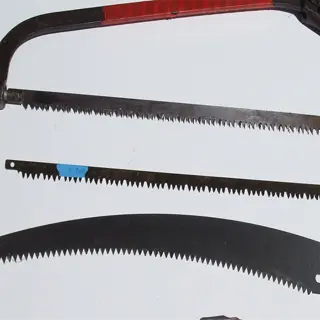
Pruning Saw
- Fact: 14" (35cm) blade for thick branches
- Triple-cut teeth design reduces binding
- Folds for safe storage

Grafting Kit
- Fact: Includes 3 blade sizes (4mm-12mm)
- Sterilize tools with 70% alcohol pre-use
- 90% success rate with wax sealing
Ideal Growing Conditions
The USDA zones have a greater impact in determining success with olives than the geography of a site. Arbequina tolerates zone 7-8 and survives -9°C winters; however, Manzanillo must be grown in zone 9+. An olive novice contacted me in Texas to help push the envelope using raised beds and windbreaks to grow Manzanillo. Always check to see which zone you are in before selecting varieties!
Olives require well drained soil with pH 5.5-6.5. Heavy clay can kill roots faster than drought. In very rainy areas, amend olive trees with 30% sharp sand. My most significant failure was as follows. I planted when the soil was too compacted and with no gravel at the tree's base: there was 2 major spring storms that spring that basically drowned the tree.
Sunlight requirements for oil and table olives. Some oil varieties, such as Frantoio, need 8+ hours of sun each day. Others, like table olives, tolerate 6 hours a day. A client of mine has 12 Mission olives that received partial shade, and although they continued flowering, they produced fewer oil compounds. It is the full sunlight that builds the flavor compounds in oil and olives.
irrigation that corresponds to local weather. Arid zones need weekly watering of 5 gallons (19 L). In humid zones, allow nature to take its course. I set up clients in Arizona with drip lines, yet I instructed growers in North Carolina to be diligent in monitoring their soil moisture meters.
pH Adjustment
- Target range: 5.5-6.5 for most varieties
- Add lime at 5 lbs/100 sq ft (2.3kg/9.3m²) for acidic soil
- Use sulfur to lower alkaline soils
Drainage Fixes
- Mix 30% gravel into clay soils
- Create 12" (30cm) raised beds in wetlands
- Avoid planting in frost pockets
Nutrient Balance
- Test nitrogen levels annually
- Apply 10-10-10 fertilizer at 1 lb/tree (0.45kg) in spring
- Avoid high phosphorus in limestone soils
Organic Matter Enrichment
- Add 3" (7.6cm) compost layer annually
- Use aged manure at 10 lbs/tree (4.5kg)
- Avoid fresh green waste in olive groves
Salinity Management
- Leach soils with 24" (61cm) water annually
- Use gypsum at 5 lbs/100 sq ft (2.3kg/9.3m²)
- Test EC levels below 4 dS/m
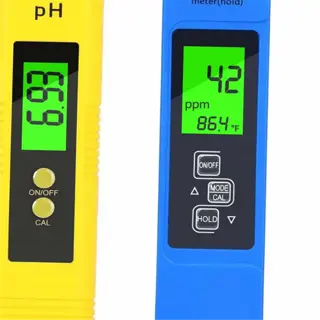
Soil pH Tester
- Fact: Measures pH 3-9 range
- Calibrate monthly with buffer solution
- Test 6" (15cm) depth for root zone
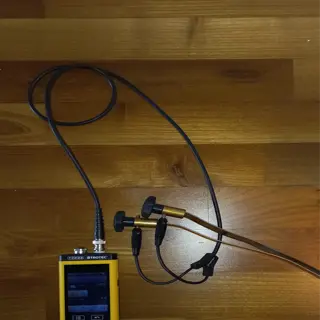
Moisture Meter
- Fact: 0-10 scale for dry/wet soils
- Ideal olive range: 4-6
- Avoid overwatering below 3

Compost Spreader
- Fact: Distributes 5 lbs/min (2.3kg)
- Adjustable gate for coarse mulch
- Clean after salty compost use
Sun Exposure Gauge
- Fact: Tracks 6-8 hour minimum
- Measures UV index 0-11
- Alerts for shade interference

Mulch Layer Tool
- Fact: Maintains 4" (10cm) depth
- Reduces evaporation by 70%
- Replenish every 6 months
Essential Care and Maintenance
Seasonal pruning helps to manage the health and productivity of the olive. Late winter is the best winter season, after the threat of frost has passed but before the tree grows in the spring. Phase out branches that are facing inward, which will open up the canopy. I have experienced in practice that summer light pruning can help minimize tree size without losing fruiting wood for next year. As always, be sure to sterilize shears in between trees to prevent diseases.
For two years, young trees need 5 gallons (19 liters) of water every week. Established olives will be happy with monthly deep watering. I check the moisture 12" (30cm) down with a soil probe. Overwatering is more damaging than drought. The water you put out routinely will force the roots to go down deeper before your next application.
Fertilizer ratios segregate between oil and table types. Oil type will require a balanced 10-10-10 for fruit density. Table varieties require more nitrogen (16-8-8), for a fleshier fruit. One of my clients in Arizona applies granular feed in March and June. They do not apply high nitrogen late in the season, as late-season nitrogen is associated with late growth that may get frost-killed.
Utilize three methods to reduce peacock spot also known as leaf blotch along with root rot. To improve airflow, be careful how far apart trees are spaced. Add copper spray before the rainy days. A client's orchard bounced back when we switched from overhead watering to drip irrigation. Finally, check the leaves at least monthly. Yellow halos mean the action is required immediately.
Pruning
- Late winter: Remove dead branches
- Shape trees to 3 main scaffold limbs
- Keep canopy open for airflow
Watering
- Young trees: 5 gal/week (19L) in summer
- Mature trees: 10 gal/month (38L) in drought
- Avoid wetting foliage
Fertilizing
- Early spring: 10-10-10 (1 lb/0.45kg per tree)
- Post-harvest: Potassium boost
- Avoid nitrogen after August
Mulching
- Maintain 4" (10cm) organic mulch layer
- Keep 8" (20cm) from trunk
- Refresh every 6 months
Winter Prep
- Wrap trunks below 25°F (-4°C)
- Apply dormant oil spray
- Install windbreaks in exposed areas
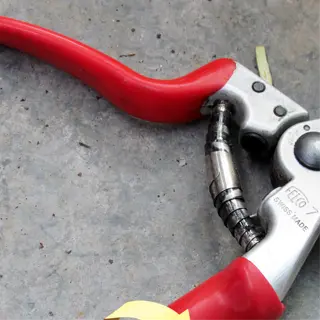
Bypass Pruners
- Fact: Cuts up to 1" (2.5cm) branches
- Disinfect with 70% alcohol between trees
- Sharp blades prevent bark tearing
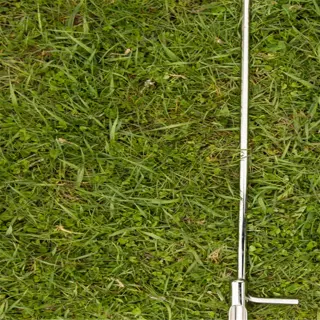
Soil Probe
- Fact: Tests 24" (61cm) depth
- Check moisture at root zone level
- Avoid overwatering below 4 on scale
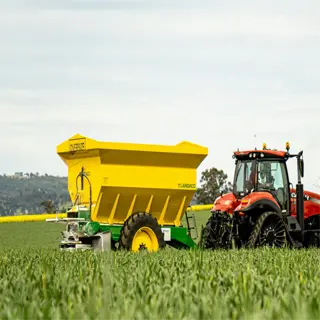
Fertilizer Spreader
- Fact: Covers 1000 sq ft (93m²) per load
- Calibrate for 1 lb/100 sq ft (0.45kg/9.3m²)
- Clean after salty fertilizers

Frost Cloth
- Fact: Raises temps by 5-8°F (3-4°C)
- Use breathable fabric below 25°F (-4°C)
- Remove when above freezing
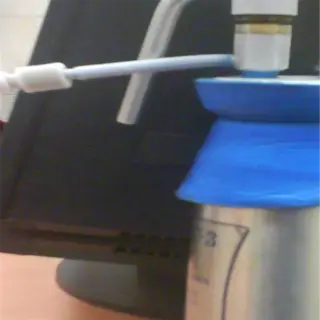
Sprayer Tank
- Fact: 2 gal (7.5L) capacity
- Mix neem oil at 2 oz/gal (59ml/3.8L)
- Apply at dawn/dusk for absorption
Harvesting and Storing Olives
Green olives get harvested in late summer while they are still firm and light green. Black olives sit on the branch until the first frost of winter, which darkens their color. I once helped a client time their picks using a penetrometer - 8-10 lbs of downward pressure indicates when the olives will be perfect for oil varieties.
Home curing begins with a 10% brine solution of 1 cup of salt per gallon of water. When bringing olives you will want to completely submerge the olives. It also helps to use glass weights to keep them from floating. A particular client had their batch of olives molded because they added less salt than recommended. You should replace their brine every 3 weeks to limit bacterial colonization.
Refrigeration preserves cured olives for up to 6 months at 38°F (3°C). Cellar storage is acceptable if it remains below 50°F (10°C) and has 70% humidity. In Italy, my mentor would store jars in limestone caves. More modern alternatives could be a root cellar or wine refrigerator with humidity control.
To eliminate mold, add one tablespoon of white vinegar to each quart of brine. Wipe jars rims every day. A client's experiment on aging in an oak barrel went poorly due to airflow imbalance. Use food-grade plastics or glass. Each month, sterilize lids in boiling water.
Sorting & Cleaning
- Remove leaves/stems with 0.25" (6mm) mesh screen
- Rinse in 68°F (20°C) water with 1 tsp/gal (5ml/3.8L) vinegar
- Discard floating olives (indicate internal rot)
Curing Methods
- Brine: 10% salt solution for 6 weeks
- Dry Salt: Layer olives with coarse sea salt
- Lye: Food-grade NaOH soak (professional use only)
Storage Conditions
- Refrigerate cured olives at 38°F (3°C) for 6 months
- Cellar storage: 50-55°F (10-13°C) in olive oil
- Freeze pitted olives in vacuum bags for 1 year
Common Mistakes
- Using iodized salt causes metallic flavor
- Insufficient brine weight causes floating/mold
- Storing near ethylene-producing fruits
Pest Prevention
- Add 1" (2.5cm) olive oil layer to brine surfaces
- Use cheesecloth instead of airtight lids
- Freeze harvest containers before reuse
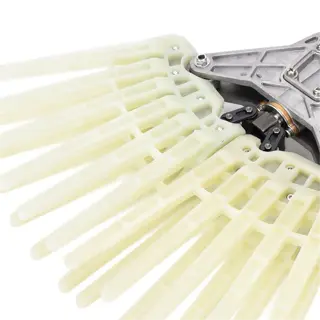
Olive Harvester Rake
- Fact: Gentle 0.5" (13mm) tine spacing
- Harvests 15-20 lbs (6.8-9kg) per hour
- UV-resistant polycarbonate construction
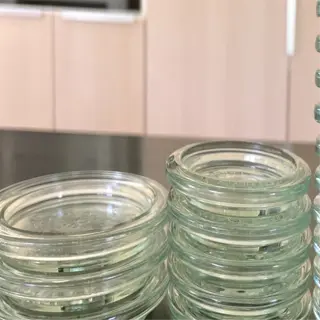
Fermentation Weights
- Fact: 2 lb (0.9kg) weights prevent floating
- Boil for 10 mins between batches
- Fit standard 1 gal (3.8L) jars
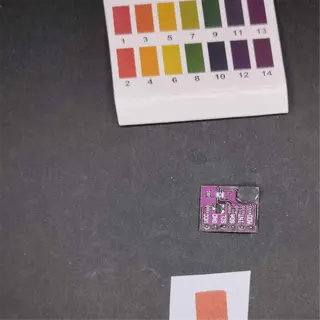
pH Test Strips
- Fact: Measures 3.0-7.0 acidity range
- Critical for safe brining below 4.6 pH
- Color-coded reference chart included
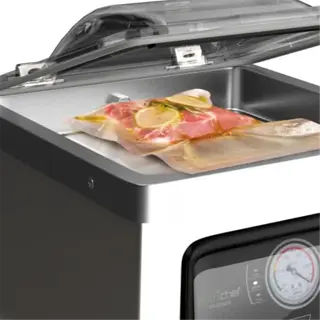
Vacuum Sealer
- Fact: Removes 99% oxygen
- Seals 8" (20cm) wide bags
- Freezer-safe for 24 months storage
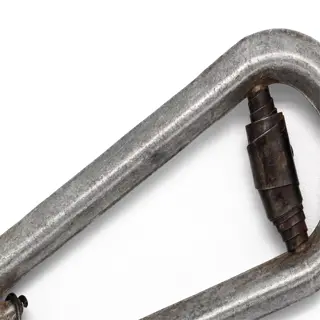
Olive Pitter
- Fact: Processes 30 olives/minute
- Dishwasher-safe 304-grade steel
- Removes pits without crushing flesh
5 Common Myths
Olive trees do well in pure drought, not needing any watering.
Mature trees can endure drought, but young trees need drip irrigation or watering (5 gallons/19L once a week) until they are established (for 2-3 years). Even established trees need deep irrigation every 3-4 weeks during extreme heat or the premium fruit will drop.
All olives can withstand freezing to temperatures lower than 20F (-7C).
Only cold hardy varieties, such as Arbequina will survive down to 15F (-9C). Most cultivars like Manzanillo will show damage below 25F (-4C). Frost protection using burlap wraps or microsprinklers is necessary in USDA zones 7-8.
Pruning olive trees reduces their ability to produce fruit.
Strategic pruning increases yields by 30-40% by improving sunlight penetration. Remove only water sprouts and inward-growing branches annually. Heavy pruning during dormancy stimulates new growth where flowers/fruit develop the following season.
Olives will grow equally well in heavy clay, as well as sandy soils.
The clay soils will lead to root rot, unless 30% gravel amendments are added. The best soils are well-drained loams with a pH between 5.5 to 6.5. Sandy soils will need compost, in order to hold nutrients. Soil testing prior to planting is a must.
Compared to fruiting varieties, seedless olive trees require fewer care and management inputs.
All olive trees require annual pruning to provide structural integrity. Seedless varieties still require water during periods of drought, pest management for scale insects, and protection from conditions where temperatures drop below 20 degrees F (-7C) to prevent dieback.
Conclusion
Growing olives starts with their adaptability. Olives prosper in neglected areas and elegant gardens. My first Arbequina grew well in a recycled wine barrel during Midwest winters. Start small. By growing olives in containers, you can investigate your climate without committing soil for a long time.
New olive growers are encouraged to start with 'Arbequina'. This olive cultivar has the benefit of being cold-hardy, forgiving watering mistakes, and issues with space. I have coached urban gardeners who have harvested 5 lb+ from pots on their balconies. The mature height of 'Arbequina' is only eight feet, which allows it to fit under any eaves. In zones 5-6 mulching around the base will allow them to overwinter in an unheated garage.
There is nothing like patience to make success for olives. Three years seems rather long until the olive oil you grow yourself. Our first press from a client's trees produced about 12 ounces which was very peppery and had so much more flavor and taste than store-bought olive oil. Olive trees get more fruitful every year and by year five, they become heirlooms yielding 50+ pounds.
These trees live longer than their growers. The orchard my advisor planted in 1947 is still producing fruit today. The choices you make regarding plants will have lasting effects for years to come; select sites carefully. Prepare your soils thoroughly. Future growers will honor your foresight when you have educated them well. Growing olives is not horticulture; it is the establishment of a brood and the understanding of time.
External Sources
Frequently Asked Questions
How many years until olive trees produce fruit?
Olive trees typically bear their first harvest 3-5 years after planting. Arbequina varieties may fruit slightly earlier, while larger cultivars like Frantoio take longer. Consistent pruning and proper soil conditions accelerate fruit production.
Can olive trees survive in cold climates?
Cold-hardy varieties like Arbequina tolerate temperatures down to 15°F (-9°C) with protection. In colder zones, grow olives in containers and bring them indoors during freezing weather. Avoid frost-prone planting sites for in-ground trees.
Do olive trees require cross-pollination?
Most olive varieties need cross-pollination, but self-fertile types like Arbequina produce fruit alone. For higher yields, plant two compatible varieties within 30 feet. Bees primarily handle pollination during spring flowering.
What's the ideal container size for potted olives?
Start with a 15-20 gallon pot with drainage holes. Key requirements:
- Coarse, well-draining soil mix (avoid garden soil)
- Annual root pruning for size control
- South-facing window or grow lights indoors
Why aren't fresh olives sold in stores?
Raw olives contain bitter oleuropein compounds. They require curing through methods like:
- Brine soaking for 6+ weeks
- Dry salt packing for 4-8 weeks
- Lye processing (commercial use only)
How much sunlight do olive trees need?
Olives demand full sun - minimum 6 daily hours year-round. In northern zones, supplement with grow lights during winter. Insufficient light causes leggy growth and reduced fruiting.
Can I grow olives from supermarket fruit?
Most commercial olives are heat-treated, making seeds non-viable. For propagation:
- Use fresh, untreated olives from nurseries
- Soak pits 24 hours before planting
- Expect 2-3 months for germination
What's the lifespan of an olive tree?
With proper care, olive trees live 300-600 years. Key longevity factors:
- Well-drained soil preventing root rot
- Annual disease inspections
- Rejuvenation pruning every 15-20 years
Are olive tree roots invasive?
Mature olive roots spread 10-15 feet wide but aren't aggressively destructive. Plant at least 8 feet from foundations. Container growth naturally restricts root spread while allowing fruit production.
Why do olive leaves turn yellow?
Yellowing signals:
- Overwatering - let soil dry between irrigations
- Nitrogen deficiency - apply balanced fertilizer
- Peacock Spot disease - treat with copper fungicide
